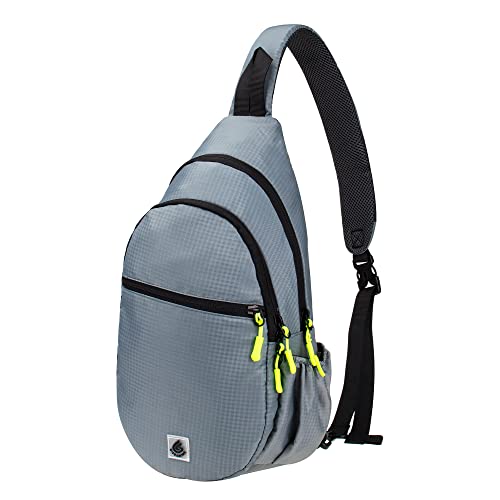Home Front History
Active member
- Joined
- Mar 19, 2021
- Messages
- 28
- Reaction score
- 19
I would really appreciate all and any help members may be able to give. I am researching the supply chain and the logistics in the months leading to D-DAY, specifically sites and locations used for storage of fuel, food, vehicles, medical supplies, ammunition and so on. If any buildings/sites still exist perhaps you can point me in the right direction. Many thanks. The results of my research will be put into the public domain as an educational and historical resource. Photo shows oil pumping station at Northington, Hampshire






































